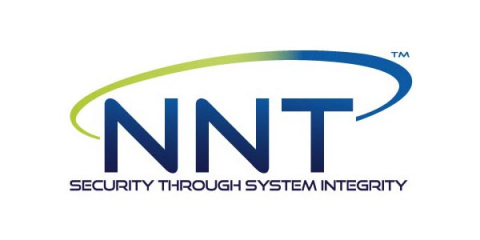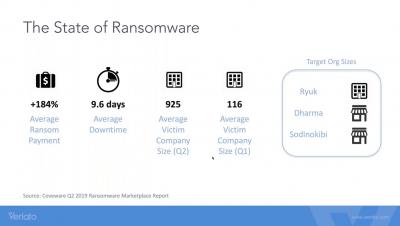CookieMiner malware targets Macs, steals passwords and SMS messages, mines for cryptocurrency
Security researchers at Palo Alto Networks have discovered a new malware threat that targets Macs in what appears to be a sophisticated attempt to raid cryptocurrency wallets. The malware, which researchers have dubbed CookieMiner, has a variety of weapons in its armory that could make it particularly worrisome for cryptocurrency investors.







